STOCKHOLM–Following the elections on Sept. 9, Sweden has entered a period of great uncertainty, as its parliamentary situation seems hopelessly deadlocked.
Although the final result isn’t in yet, no significant changes are expected. There are currently three “blocks” in the Riksdag—the Swedish Parliament—none of which hold the necessary majority to rule effectively, and the likelihood of a breakthrough seems dim.
The first block, at 144 seats, is the ”Left–Green,” consisting of the Social Democrats (100) and their junior partner in government for the past four years, the Green Party (16), as well as the former Communist Left Party (28), which hasn’t been part of the cabinet but typically supports the Social Democrats.
The second block is the Conservative–Neo-liberal ”Alliance,” at 143, consisting of the Moderate party (70), the Centre party (31), the Liberal party (20), and the Christian Democrats (22).
The third “block” is just a single party—the nationalist/conservative and populist Sweden Democrats, at 62, which all other parties refuse to cooperate with, or even enter into talks with. Although it has now entered the mainstream and is the third-largest party in Parliament, all other parties write it off as racist and xenophobic. Its loyalists, however, argue that Sweden Democrats are the only genuine opposition in Swedish politics.
The traditional divide in postwar Swedish politics has been between the dominant Social Democrats, who have ruled for most of that period, and a collection of non-socialist parties.
Although there have been a few attempts at non-socialist coalition governments over the decades, the great watershed moment happened in the early 2000s, when the four conservative/neo-liberal parties in Parliament formed the Alliance, a united alternative to the near-hegemony of the Social Democrats. The Alliance came to power in 2006 and won again in 2010, but ran out of steam in 2014 and was replaced by a Social Democrat–Green Party minority administration.
But, by then, the Sweden Democrats had entered the picture in full force. The main reason behind their rise is considered to be the growing popular discontent with Swedish migration policy, as well as a rise in violent crime, segregation, and a decline in services such as health care.
Since 2014, the Sweden Democrats have been able to tip the balance in Parliament toward either the minority administration or the minority opposition; This is the background to the current political deadlock.
Initially, this led to a breakdown in 2014, as the Left-Green government couldn’t get their budget bill—which is considered the mark of a functioning government—through Parliament. A much-criticized deal was then struck between the Alliance and the Left–Green government to allow for the largest minority to rule, thus shutting out the Sweden Democrats.
The Sweden Democrats have said that they will vote against any administration that won’t negotiate with them, and all other parties have repeatedly sworn never to negotiate with the Sweden Democrats. So far, all Alliance parties have rejected supporting another Left-Green administration, and the Social Democrats have rejected supporting an Alliance administration. This means that forming a government may be impossible. Ideas of a Social Democrat–Green–Liberal–Centre option and a Moderate–Christian Democrat–Sweden Democrat option have been floated, but both seem highly unlikely at present.
So far, none of the two major blocks have blinked, which means it will be left up to the Speaker. In the coming weeks, he will conduct talks with all parties in order to find the most credible option, and try to get Parliament’s approval for it. A proposed government need not have a majority of ”yes” votes, just not a majority of ”no” votes against it, as abstentions are possible.
If four such “rounds” fail to produce a government that’s approved by parliament, snap elections will be called.
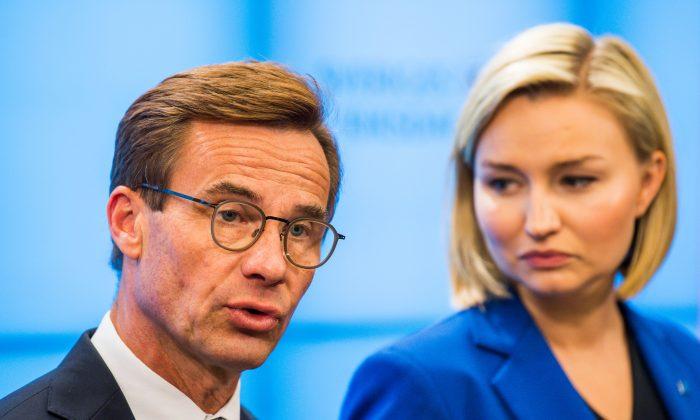
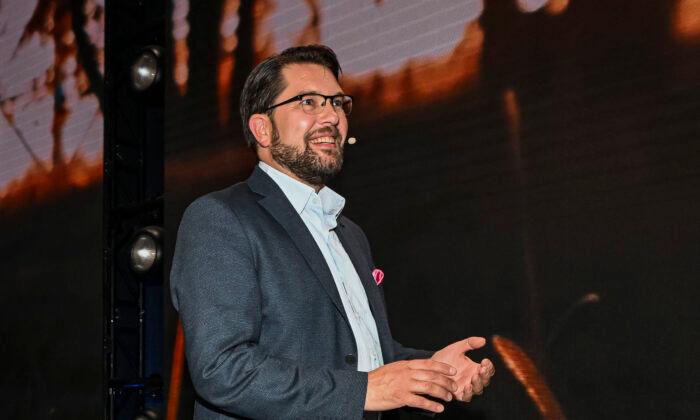
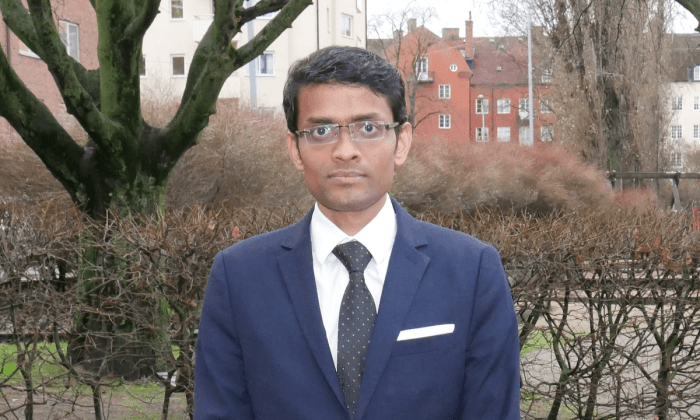
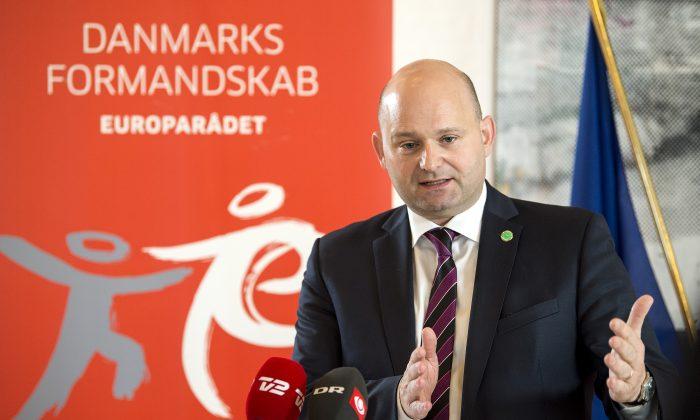
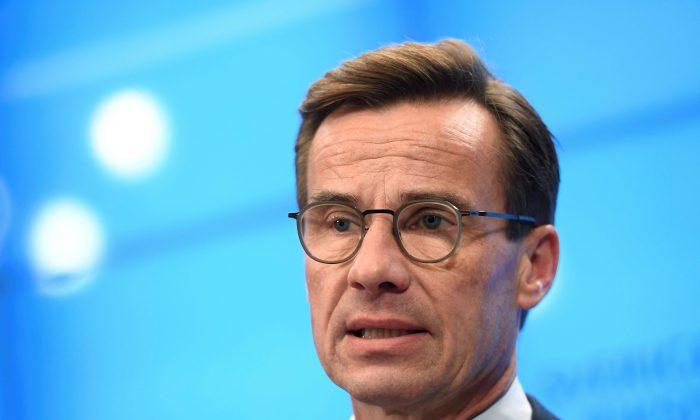
Friends Read Free